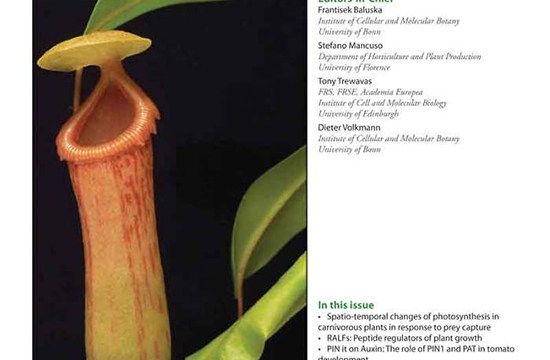linkedin post 2020-10-11 04:54:25
COMMON SCAFFOLD. "Since their divergence, bilaterians appear to have elaborated upon this organizational scaffold to a greater degree than their cnidarian sister group (e.g., deploying a greater number of Hox genes to encode a finer degree of regionalization), and they have invented numerous organs and structures to superimpose upon the scaffold such as brains, circulatory systems, skeletal systems, locomotory structures, digestive organs, and sense organs." https://lnkd.in/dph5vzr View in LinkedIn


